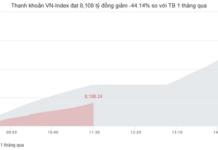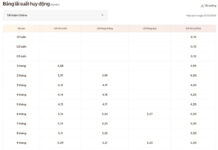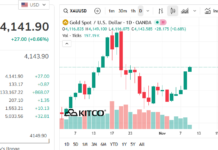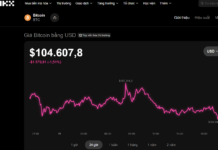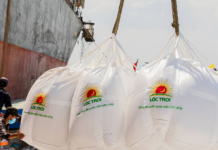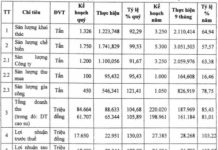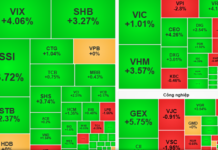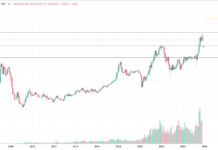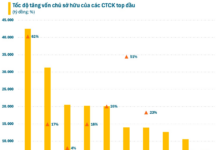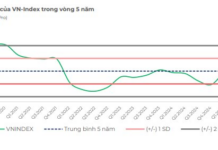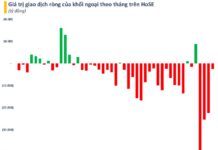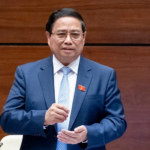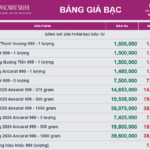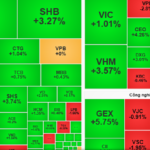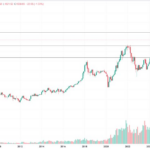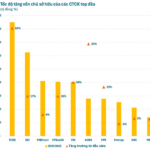Credit Demand Surges While Capital Mobilization Faces Challenges
The financial reports of numerous banks for the first half of this year indicate impressive credit growth. Towards the end of July, the State Bank of Vietnam announced adjustments to the credit growth limits for several credit institutions, based on principles of transparency, without requiring banks to submit requests.
Recently, the State Bank directed and urged the banking system to vigorously implement effective solutions to stabilize deposit interest rates and reduce lending rates, thus boosting economic growth for 2025 as directed by the Government and the Prime Minister.
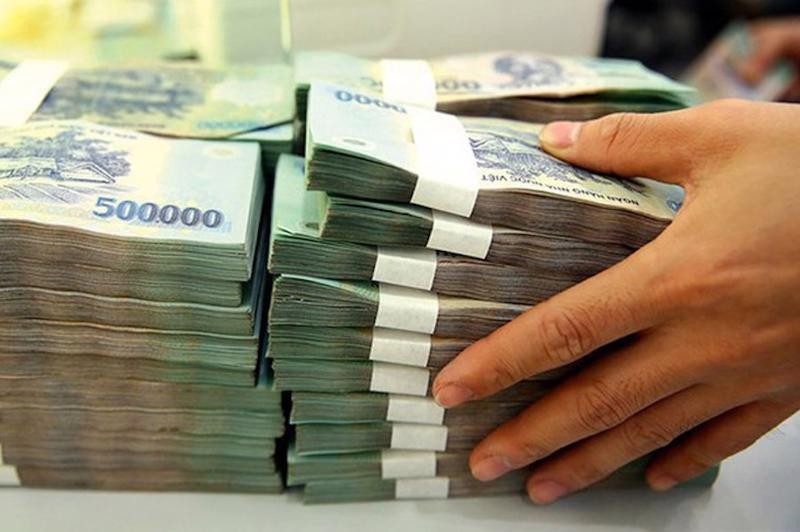
Banks actively inject capital into the economy in the last months of the year.
A representative from VPBank shared that in the first six months, the bank recorded a 27% increase in deposits from individual customers and has disbursed international loans for sustainable development. Consequently, VPBank prioritized significant credit growth in the following areas: green credit increased by 34.4%, trade finance by 30%, and home purchase loans by 200%. However, since July, the deposit growth rate has shown signs of slowing down as money flows into investment channels such as securities and real estate.
“Therefore, authorities need to accelerate public investment disbursement, increase flexibility in interest rate management, and consider relaxing the LDR (loan-to-deposit) ratio to support the system’s liquidity,” the VPBank representative suggested.
Mr. Le Quang Vinh, CEO of Vietcombank, proposed that the State Bank consider reducing the deposit interest rate cap to improve banks’ input capital costs and thereby support businesses in production and trading. Additionally, the bank’s leadership requested that the State Bank consider increasing the ratio of Treasury deposits in the structure of short-term capital sources to provide more credit to the economy.
Mr. Pham Chi Quang, Director of the Monetary Policy Department of the State Bank, stated that maintaining stable interest rates also requires coordination between monetary and fiscal policies.
Recently, the State Bank proposed that the Ministry of Finance implement measures to increase public investment disbursement, creating a spillover effect on the economy and providing a basis for banks to mobilize capital. Additionally, the State Bank requested that the Treasury increase deposits at the four state-owned banks to support the system’s liquidity…
Will interest rates remain low towards the end of the year?
According to a survey on business trends in the third quarter of 2025 conducted by the State Bank among credit institutions and branches of foreign banks, 62.6% of credit institutions expected a significant increase in loan demand, outpacing payment and deposit needs.
Credit institutions projected credit growth for 2025 to reach 16.8%, surpassing the actual growth rate of 2024. The projected deposit growth rate was also adjusted upwards to 13.9%, and if achieved, this would be the highest rate in the last five years.
Mr. Tran Anh Quy, Deputy Director of the Credit Department for Economic Sectors, State Bank, stated that in the first seven months, the entire system witnessed a positive improvement in credit conditions compared to the same period in 2024. The credit structure shifted in line with the economic structure: agriculture, forestry, and fisheries accounted for 6.3%; industry and construction, 24.4%; and trade and services, 69.2% of the total outstanding balance, increasing by 3.3%, 5%, and 7.6%, respectively, compared to the same period last year.
Regarding the orientation for the last months of the year, Mr. Quy mentioned that the State Bank would continue to manage credit in line with macroeconomic developments, inflation, and capital absorption capacity, closely monitoring the implementation of credit programs as directed by the Government to promptly address difficulties.
Banks are required to closely follow the State Bank’s guidance and effectively implement credit solutions to enhance capital accessibility and support economic recovery and growth in line with set targets.
Unlocking the Secrets to Effective Real Estate Investment: A Comprehensive Guide by the Ministry of Construction
The growth rate of credit for real estate across many banks has reached an impressive 20-30%, an astounding threefold increase compared to the overall credit growth rate of the system. The Ministry of Construction suggests that the State Bank should develop a credit package for reasonably priced housing to further boost this credit growth.
Prime Minister Requests SBV to Hasten the Development of a Roadmap to Pilot the Abolition of Credit Room from 2026 Onwards.
The State Bank of Vietnam (SBV) needs to establish standards and criteria for credit institutions to operate effectively and maintain good health. These standards should emphasize the importance of strong governance and management capabilities, adherence to prudential ratios, and high credit quality indicators. Transparency and disclosure are key to ensuring the safety and soundness of Vietnam’s banking system.
The Return of Cheap Money: Real Estate Enters a New Cycle of Acceleration
The real estate market is witnessing a resurgence, rebounding from a challenging period of high-interest rates, weak liquidity, and cautious investor sentiment. A pivotal factor in this recovery is the return of “cheap money,” a phenomenon that previously fueled the real estate investment boom of 2020-2021.





